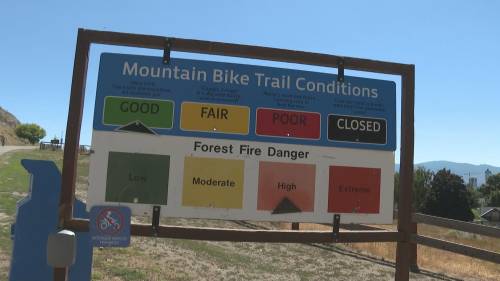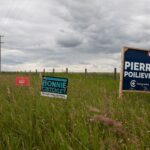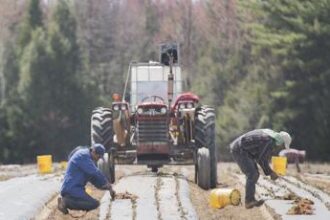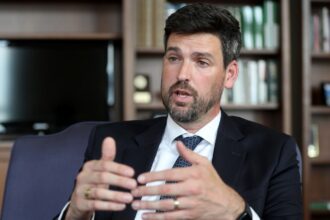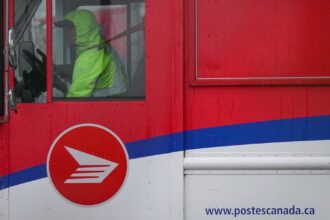As Kelowna sizzles under an early summer heat wave, fire officials are sounding the alarm on what could become one of the most dangerous wildfire seasons in recent memory. The combination of soaring temperatures, persistent dry conditions, and lower-than-average winter precipitation has transformed the picturesque Okanagan landscape into a tinderbox waiting for a spark.
“We’re seeing concerning conditions developing much earlier than usual,” says Kelowna Fire Chief Larry Watkinson. “The moisture content in our surrounding forests is dropping rapidly, creating prime conditions for potentially catastrophic fire spread if ignition occurs.”
The current heat dome settling over British Columbia’s interior has pushed temperatures in Kelowna above 35°C for five consecutive days, with little relief in sight according to Environment Canada forecasts. This extreme heat follows what meteorologists have confirmed was the driest spring in over a decade for the region.
Local emergency management agencies are responding with elevated preparedness measures. The BC Wildfire Service has strategically positioned additional crews and equipment throughout the Okanagan Valley, including four initial attack crews now stationed just outside Kelowna city limits.
“We learned valuable lessons from the 2021 and 2023 wildfire seasons,” explains Regional District Emergency Operations Coordinator Sandra Martinez. “Early deployment of resources gives us the best chance of containing fires before they threaten populated areas.”
For residents, the heightened risk is prompting difficult conversations about emergency preparedness. Kelowna homeowner Michael Chen, who narrowly avoided evacuation during last summer’s McDougall Creek wildfire, isn’t taking chances this year.
“We’ve created a comprehensive evacuation plan, packed emergency go-bags, and cleared all vegetation within 10 meters of our home,” Chen says. “The anxiety is real when you’ve seen how quickly these fires can move.”
City officials have implemented Stage 2 water restrictions to conserve resources while simultaneously increasing FireSmart community outreach programs. These initiatives aim to educate homeowners about creating defensible spaces around structures and reducing combustible materials near residences.
Climate scientists at the University of British Columbia caution that the current conditions mirror patterns observed in Australia before its catastrophic 2019-2020 fire season. Dr. Amelia Wong, a climate adaptation specialist, notes: “What we’re witnessing in Kelowna is consistent with climate change projections that predict longer, hotter, and drier fire seasons across western North America.”
Economic impacts are already being felt throughout the region. Tourism bookings have seen a 15% decrease compared to this time last year, according to the Kelowna Tourism Association, as potential visitors reconsider travel plans amid wildfire concerns.
The provincial government has allocated an additional $45 million for wildfire prevention and response in the Okanagan this year, recognizing the area’s vulnerability and economic importance. These funds will support expanded aerial surveillance, community FireSmart programs, and enhanced emergency response capabilities.
As Kelowna residents anxiously watch the skies for smoke and check fire danger ratings daily, the question weighing on everyone’s mind remains: Will the preventative measures and increased vigilance be enough to protect this beloved community from nature’s increasingly volatile fury?

